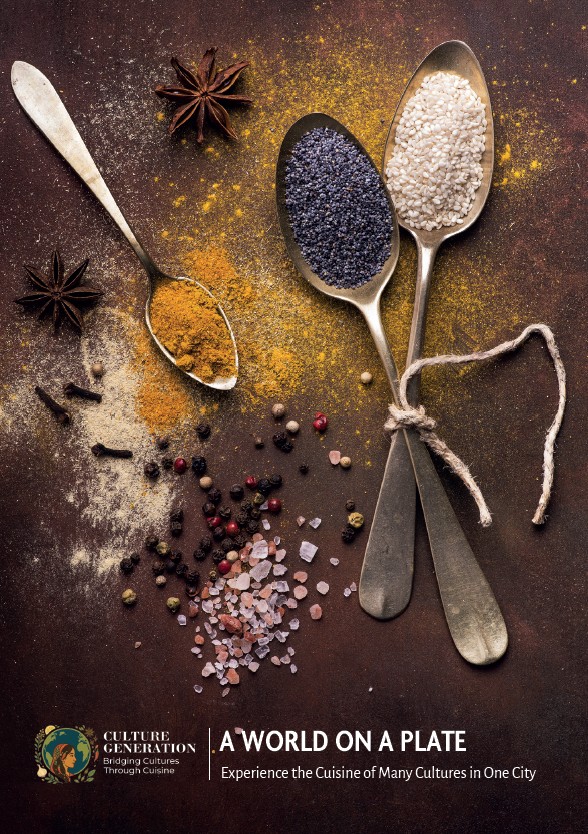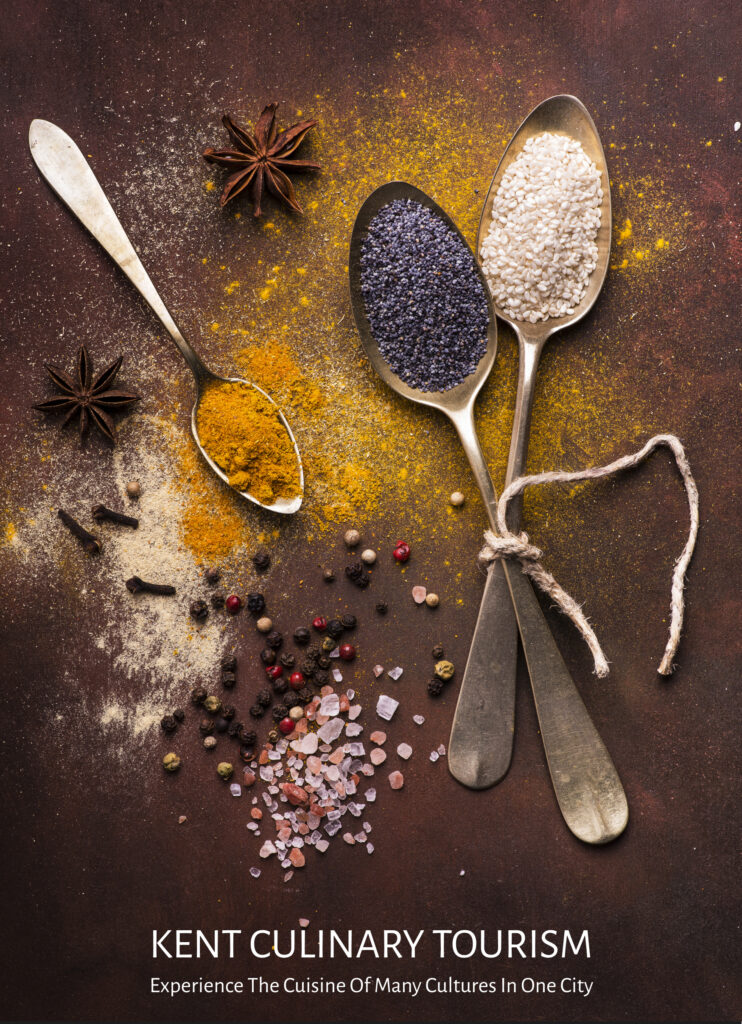Bridging Cultures Through Cuisine
501(c)(3) Non-Profit Organization
Every cultural program we create transforms the flavors of minority immigrant restaurants and markets into bridges of belonging — celebrating communities, preserving heritage, and uplifting BIPOC and underserved minority voices. The kitchen is our theater, the market is our gallery, and food is our culture.
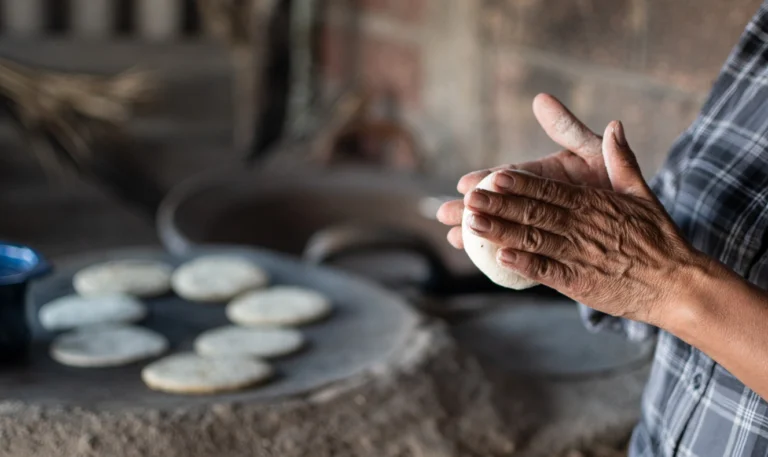
WELCOME TO CULTURE GENERATION
501(c) (3) Non-profit Organization
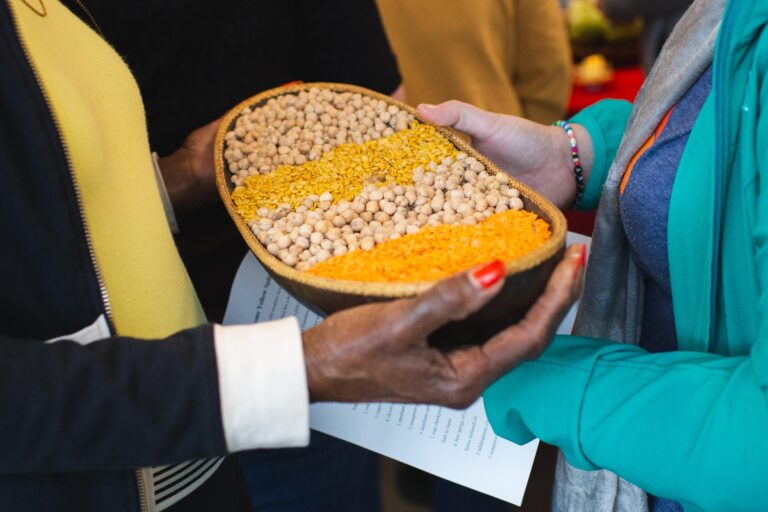
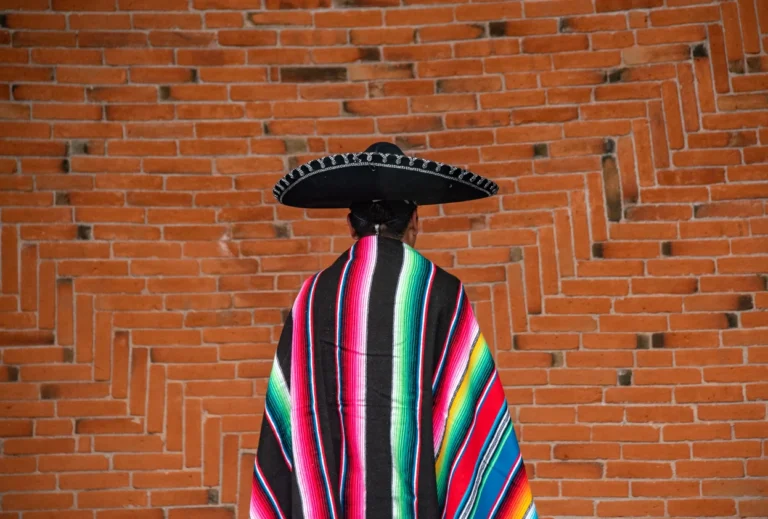
Culture Generation 501(c)(3) serves as a bridge connecting the community at large with the rich culinary traditions of ethnic minority immigrants. Through our Ethnic Culinary Program, we provide immersive food tours to ethnic restaurants and grocery markets, aiming to reconnect marginalized communities with their food culture and share these vibrant traditions with the broader public. Ethnic minority immigrant cuisine is frequently underrepresented, yet pivotal in preserving cultural heritage and BIPOC identity. Our programs breathe life into the culinary heritage of historically marginalized communities, offering accessible, educational, and enjoyable experiences that celebrate their stories and traditions.
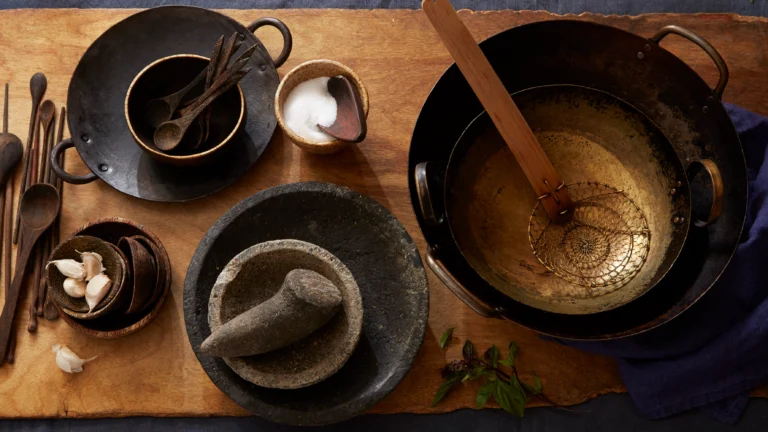
A World of Flavors in Kent
UPCOMING TOURS
WELCOME TO CULTURE GENERATION
Culture Generation 501(c)(3) serves as a bridge connecting the community at large with the rich culinary traditions of ethnic minority immigrants. Through our Ethnic Culinary Program, we provide immersive food tours to ethnic restaurants and grocery markets, aiming to reconnect marginalized communities with their food culture and share these vibrant traditions with the broader public. Ethnic minority immigrant cuisine is frequently underrepresented, yet pivotal in preserving cultural heritage and BIPOC identity. Our programs breathe life into the culinary heritage of historically marginalized communities, offering accessible, educational, and enjoyable experiences that celebrate their stories and traditions.
A World of Flavors in Kent
UPCOMING TOURS
July 27, 2024
Explore the vibrant flavors...
September 21, 2024
Embark on the Latina Eats...
September 28, 2024
Join Chef Arokiasamy...
PRESS COVERAGE
From Our Community to the Nation
Culture Generation's Non-Profit work in preserving and sharing minority immigrant food traditions has earned national media recognition, inspiring stories that connect kitchens, cultures and communities.
“Ms. Arokiasamy, 55, grew up buying roti canai for a few cents from a corner shop in Kuala Lumpur, Malaysia, and eating it with tea or coffee. She cooks frozen roti canai from the South Asian grocery store on the griddle, then claps it between her hands to make it extra flaky, like the roti from her childhood.”
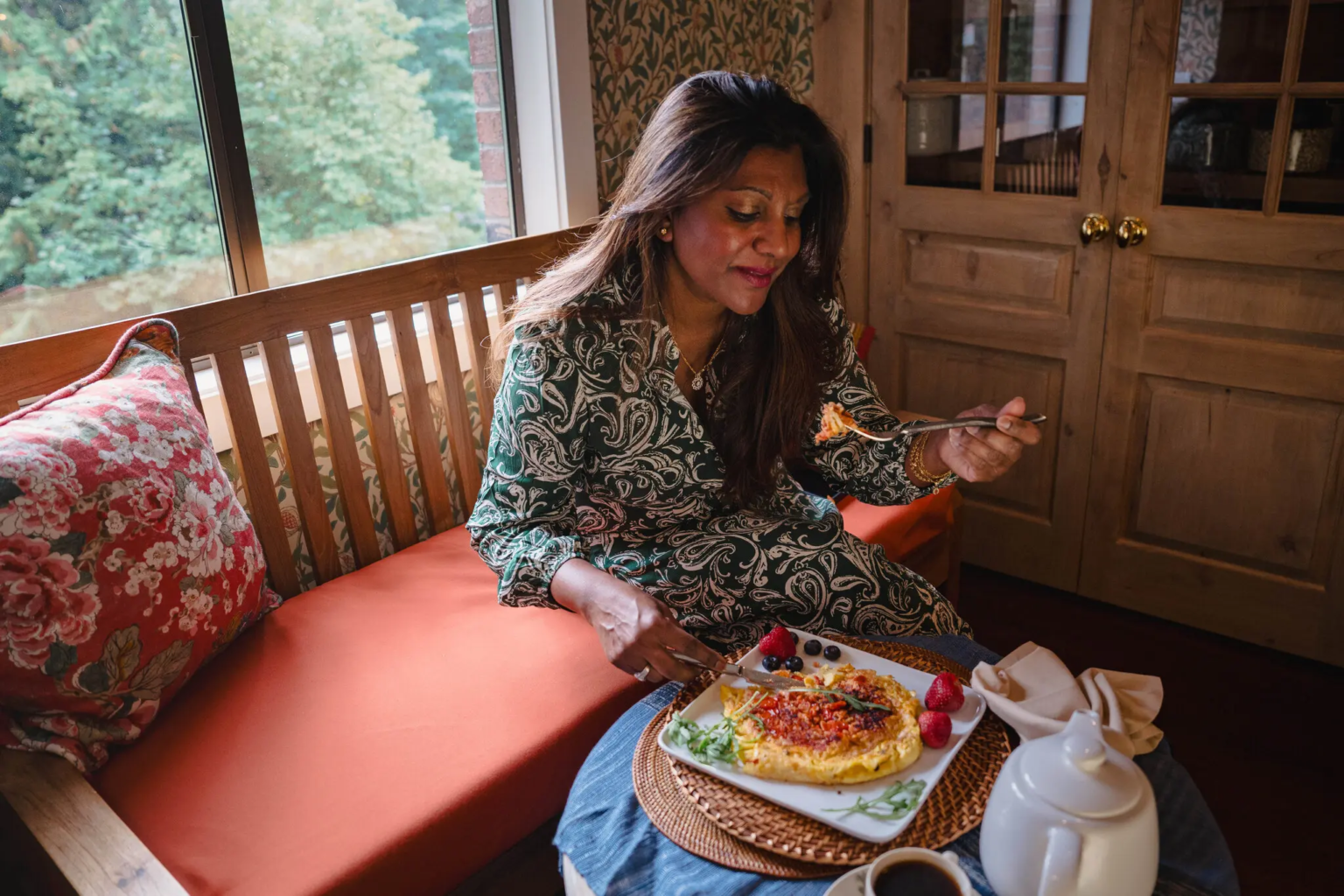
Ms. Arokiasamy eats roti canai dressed with different fixings for breakfast because it reminds her of her childhood in Kuala Lumpur, Malaysia. Credit...Jovelle Tamayo for The New York Times
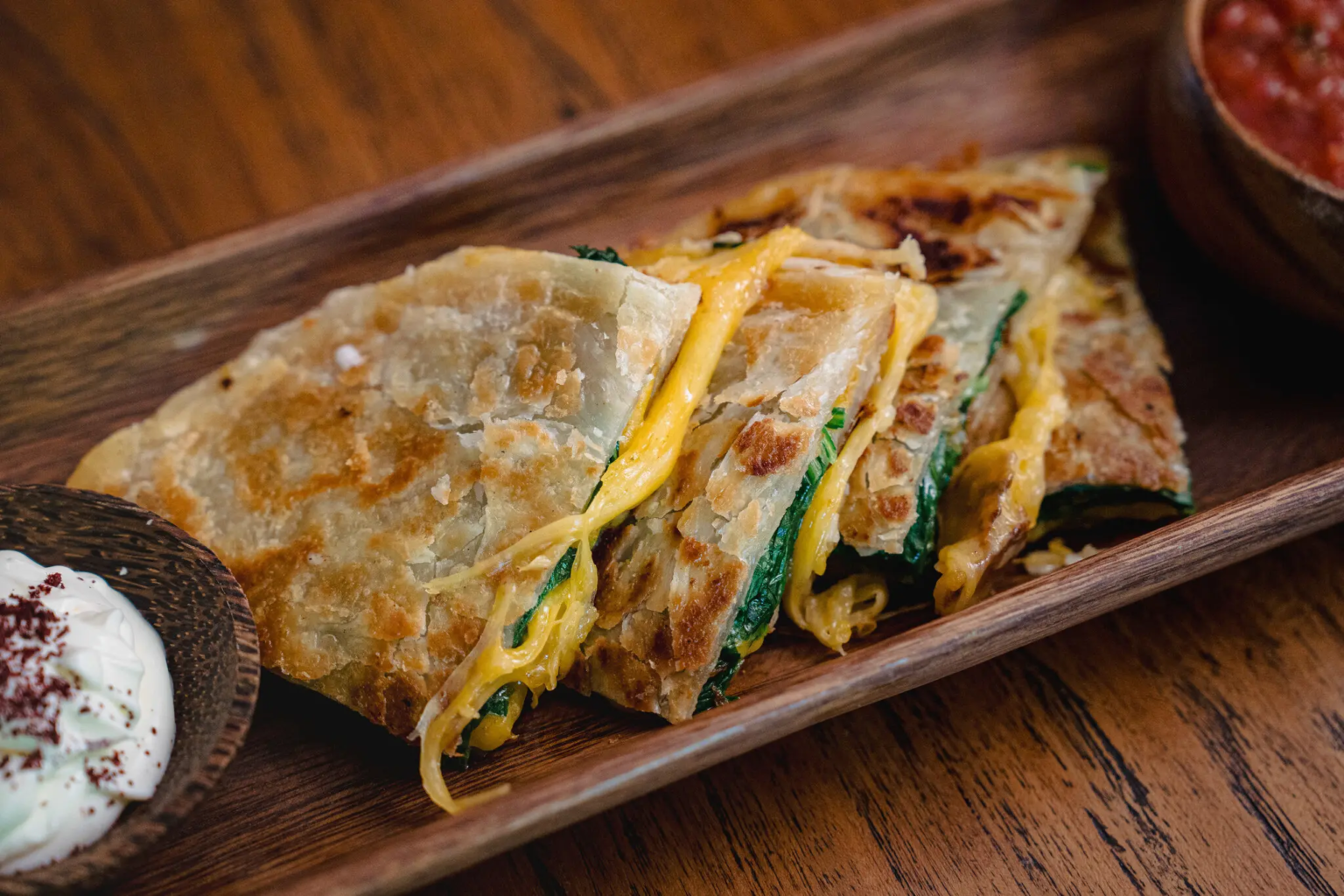
The cookbook author Christina Arokiasamy turns frozen roti canai, a variation from Malaysia, into quesadillas.Credit...Jovelle Tamayo for The New York Times
“The Seattle cookbook author Christina Arokiasamy, on the other hand, is looking for a traditional version when she shops for roti canai — made by stretching the dough into a thin, large round while slicking it with oil.
Ms. Arokiasamy, 55, grew up buying roti canai for a few cents from a corner shop in Kuala Lumpur, Malaysia, and eating it with tea or coffee. She cooks frozen roti canai from the South Asian grocery store on the griddle, then claps it between her hands to make it extra flaky, like the roti from her childhood.
But it’ll never taste as delicate as the fresh version, she said. “It is a lot of work and artistry to make a roti.”

